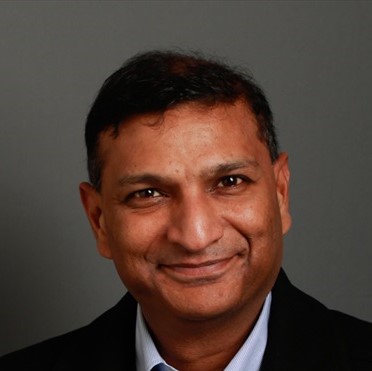- Video Library
- IRegained | Vineet Johnson, CEO
IRegained | Vineet Johnson, CEO

Vineet Johnson
Vineet Johnson completed his BSc. in Physiotherapy at Christian Medical College, in India, and obtained a Graduate Diploma in Physiotherapy, from Queen Margaret University, Scotland, UK. He then went on to complete a Masters degree in Neuroscience at Simon Fraser University in Canada, followed by his Doctoral program at McGill University, Canada. He has worked as a teacher, and a researcher on three continents. His research interests include exploring neuromuscular recovery strategies in individuals post-stroke as well as changes in body composition as a result of inactivity due to disease. The primary goal of his most recent research was to explore the use of goal driven exercise strategies, and to study the mechanisms that mediate neuroplastic changes in the human brain.
Vineet Johnson
Vineet Johnson completed his BSc. in Physiotherapy at Christian Medical College, in India, and obtained a Graduate Diploma in Physiotherapy, from Queen Margaret University, Scotland, UK. He then went on to complete a Masters degree in Neuroscience at Simon Fraser University in Canada, followed by his Doctoral program at McGill University, Canada. He has worked as a teacher, and a researcher on three continents. His research interests include exploring neuromuscular recovery strategies in individuals post-stroke as well as changes in body composition as a result of inactivity due to disease. The primary goal of his most recent research was to explore the use of goal driven exercise strategies, and to study the mechanisms that mediate neuroplastic changes in the human brain.

17011 Beach Blvd, Suite 500 Huntington Beach, CA 92647
714-847-3540© 2025 Life Science Intelligence, Inc., All Rights Reserved. | Privacy Policy







